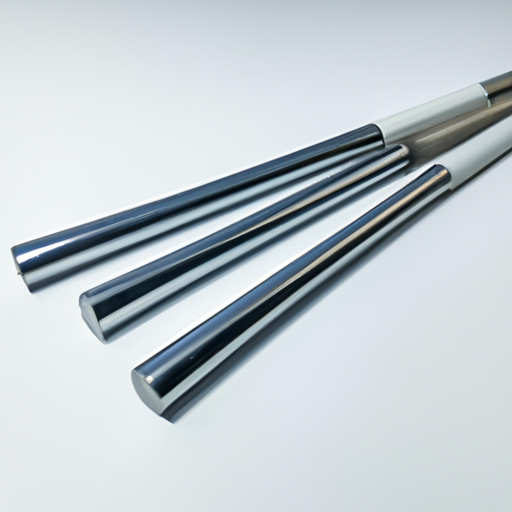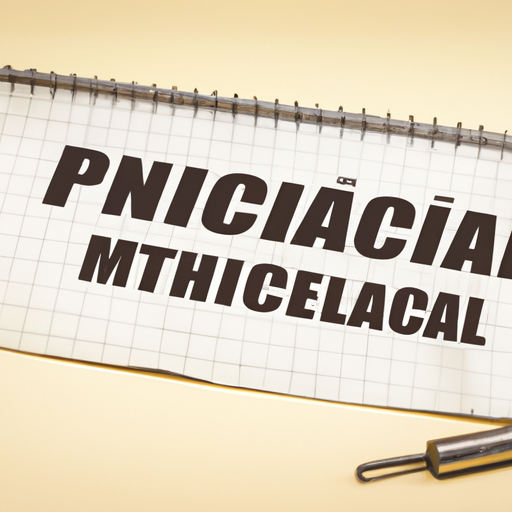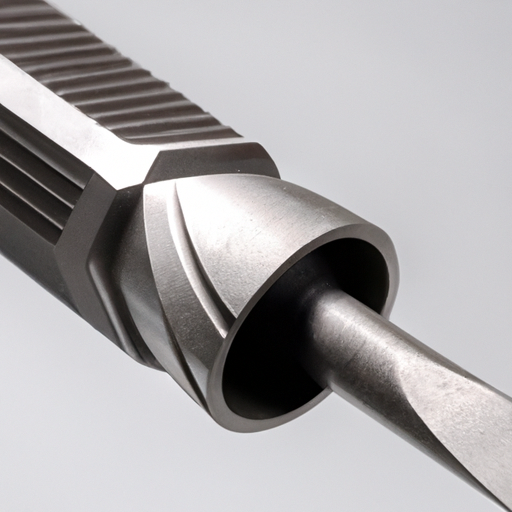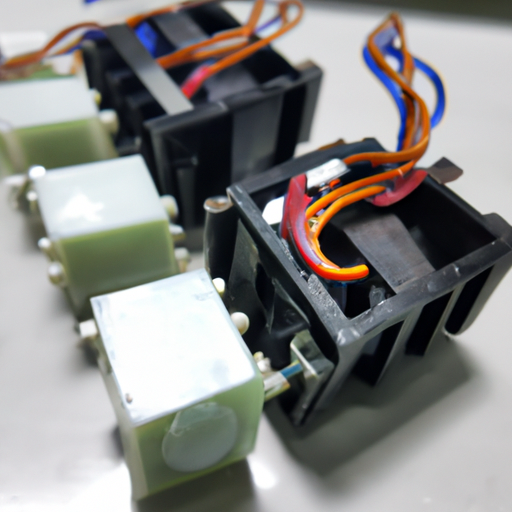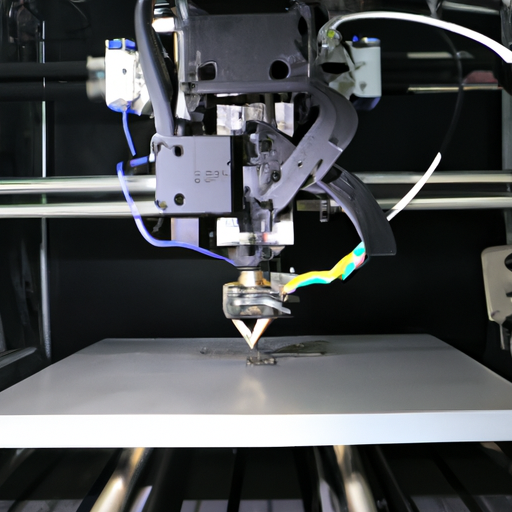What are the Product Standards for Pen Mold Cores?
I. Introduction
In the world of manufacturing, precision and quality are paramount, especially when it comes to producing everyday items like pens. At the heart of this process lies the pen mold core, a critical component that shapes the final product. Pen mold cores are specialized tools used in the injection molding process to create the internal structure of pens. Understanding the product standards associated with these mold cores is essential for manufacturers aiming to deliver high-quality products consistently. This article will explore the definition, importance, and specific standards related to pen mold cores, as well as the challenges and future trends in this field.
II. Understanding Pen Mold Cores
A. Description of Pen Mold Cores and Their Function
Pen mold cores are integral parts of the injection molding process, responsible for forming the internal cavities of pen bodies and components. They work in conjunction with mold cavities to create the desired shape of the pen. The precision of these cores directly affects the quality and functionality of the final product, making it crucial for manufacturers to adhere to strict standards.
B. Types of Pen Mold Cores
1. **Single Cavity vs. Multi-Cavity Molds**: Single cavity molds produce one pen at a time, while multi-cavity molds can create several pens in a single cycle. Multi-cavity molds are often preferred for high-volume production due to their efficiency.
2. **Hot Runner vs. Cold Runner Systems**: Hot runner systems keep the plastic in a molten state, reducing waste and cycle time, while cold runner systems allow the plastic to cool before being injected into the mold. The choice between these systems can significantly impact production efficiency and cost.
C. Materials Used in Pen Mold Cores
1. **Common Materials**: The most commonly used materials for pen mold cores include steel and aluminum. Steel is favored for its durability and resistance to wear, while aluminum is lighter and offers better thermal conductivity.
2. **Considerations for Material Selection**: When selecting materials, manufacturers must consider factors such as the type of plastic being molded, production volume, and cost. The right material can enhance the mold's lifespan and performance.
III. Importance of Product Standards
A. Ensuring Quality and Consistency
Product standards play a vital role in ensuring that pen mold cores are manufactured to a consistent quality. Adhering to these standards helps prevent defects and variations in the final product, which can lead to customer dissatisfaction.
B. Compliance with Safety Regulations
Manufacturers must comply with safety regulations to protect both workers and consumers. Standards help ensure that mold cores are designed and produced with safety in mind, reducing the risk of accidents during the manufacturing process.
C. Enhancing Customer Satisfaction and Brand Reputation
High-quality products lead to satisfied customers, which in turn enhances a brand's reputation. By adhering to product standards, manufacturers can build trust with their customers and differentiate themselves in a competitive market.
D. Facilitating International Trade and Market Access
Compliance with international standards can open doors to global markets. Manufacturers that meet recognized standards can more easily export their products, expanding their reach and potential customer base.
IV. Key Product Standards for Pen Mold Cores
A. Industry Standards Organizations
1. **International Organization for Standardization (ISO)**: ISO develops and publishes international standards that ensure quality, safety, and efficiency across various industries, including manufacturing.
2. **American Society for Testing and Materials (ASTM)**: ASTM provides standards for materials, products, systems, and services, helping manufacturers ensure their products meet specific performance criteria.
3. **Society of Plastics Engineers (SPE)**: SPE focuses on the advancement of the plastics industry, providing resources and standards that help manufacturers improve their processes and products.
B. Specific Standards Relevant to Pen Mold Cores
1. **Material Specifications**: Standards such as ASTM A36 outline the requirements for materials used in mold cores, ensuring they possess the necessary strength and durability.
2. **Dimensional Tolerances**: ISO 2768 provides guidelines for general tolerances in linear dimensions, which are crucial for ensuring that mold cores fit together correctly and produce accurate pen shapes.
3. **Surface Finish Requirements**: Surface finish standards, such as Ra values, dictate the roughness of the mold surface, which can affect the quality of the molded pen and its aesthetic appeal.
4. **Testing and Inspection Protocols**: Standards outline the necessary testing and inspection procedures to ensure that mold cores meet quality and safety requirements before they are put into production.
V. Design Considerations for Pen Mold Cores
A. Design for Manufacturability (DFM)
Designing mold cores with manufacturability in mind can significantly reduce production costs and time. DFM principles encourage designers to create molds that are easy to manufacture, assemble, and maintain.
B. Importance of Mold Flow Analysis
Mold flow analysis is a critical step in the design process, allowing manufacturers to simulate the injection molding process and identify potential issues before production begins. This analysis helps optimize the design for better performance and efficiency.
C. Cooling and Heating Considerations
Effective cooling and heating systems are essential for maintaining consistent temperatures during the molding process. Proper temperature control can reduce cycle times and improve the quality of the molded pen.
D. Maintenance and Repair Standards
Establishing maintenance and repair standards for mold cores can extend their lifespan and ensure consistent performance. Regular inspections and maintenance can help identify wear and tear before it affects production.
VI. Quality Control and Assurance
A. Role of Quality Control in Mold Manufacturing
Quality control is essential in mold manufacturing to ensure that products meet established standards. Implementing robust quality control processes can help identify defects early and prevent costly rework.
B. Inspection Techniques and Tools
1. **Coordinate Measuring Machines (CMM)**: CMMs are used to measure the physical geometrical characteristics of mold cores, ensuring they meet dimensional tolerances.
2. **Non-Destructive Testing (NDT)**: NDT methods, such as ultrasonic testing and X-ray inspection, allow manufacturers to assess the integrity of mold cores without damaging them.
C. Documentation and Traceability
Maintaining thorough documentation and traceability is crucial for quality assurance. This practice helps manufacturers track materials, processes, and inspections, ensuring compliance with standards and facilitating continuous improvement.
VII. Challenges in Meeting Product Standards
A. Variability in Raw Materials
Variability in the quality of raw materials can pose challenges for manufacturers striving to meet product standards. Ensuring consistent material quality is essential for producing reliable mold cores.
B. Technological Advancements and Their Impact
Rapid technological advancements can create challenges in keeping up with evolving standards. Manufacturers must stay informed about new technologies and their implications for mold design and production.
C. Balancing Cost and Quality
Manufacturers often face the challenge of balancing cost and quality. While adhering to product standards may increase production costs, the long-term benefits of quality and customer satisfaction can outweigh these expenses.
D. Global Supply Chain Considerations
Global supply chains can introduce complexities in meeting product standards. Manufacturers must navigate different regulations and standards across countries, which can complicate compliance efforts.
VIII. Future Trends in Pen Mold Core Standards
A. Innovations in Materials and Manufacturing Processes
The future of pen mold core manufacturing will likely see innovations in materials, such as the use of advanced composites and 3D printing technologies, which can enhance performance and reduce costs.
B. Sustainability and Environmental Considerations
As sustainability becomes increasingly important, manufacturers will need to consider the environmental impact of their materials and processes. Adopting eco-friendly practices and materials can help meet evolving consumer expectations.
C. The Impact of Industry 4.0 on Mold Manufacturing
The rise of Industry 4.0, characterized by automation and data exchange, will transform mold manufacturing. Smart factories equipped with IoT devices can enhance efficiency, quality control, and compliance with product standards.
IX. Conclusion
In conclusion, product standards for pen mold cores are essential for ensuring quality, safety, and consistency in manufacturing. By adhering to these standards, manufacturers can enhance customer satisfaction, build brand reputation, and facilitate international trade. As the industry evolves, staying informed about emerging trends and innovations will be crucial for maintaining compliance and competitiveness. Manufacturers are encouraged to prioritize standards compliance to ensure the continued success of their products in the market.
X. References
1. International Organization for Standardization (ISO) - [ISO Standards](https://www.iso.org)
2. American Society for Testing and Materials (ASTM) - [ASTM Standards](https://www.astm.org)
3. Society of Plastics Engineers (SPE) - [SPE Resources](https://www.4spe.org)
4. Additional literature on mold manufacturing and product standards.

